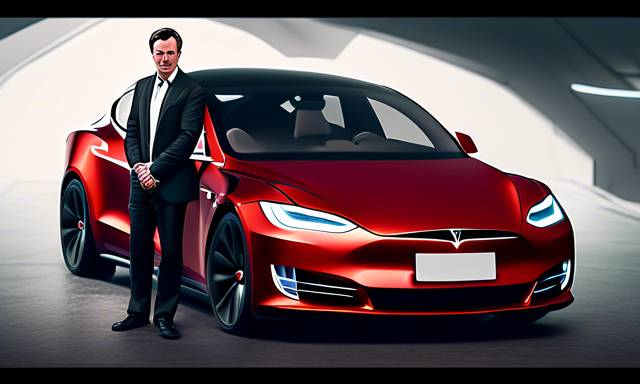Investigation Into Tesla’s Full Self-Driving Technology 🚗🔍
The National Highway Traffic Safety Administration (NHTSA) has embarked on an investigation into Tesla’s advanced automation system, termed full self-driving (FSD). This inquiry emerges amid concerns regarding a potential defect highlighted by several incidents, including one that tragically resulted in a loss of life. As discussions circulate regarding the nature of the investigation, particular focus remains on performance in challenging weather conditions, such as fog. The investigative scope may potentially expand, reminiscent of past inquiries related to the standard driver assistance system featured in Teslas, known as autopilot.
Context of Investigation 🌫️
This investigation focuses significantly on how Tesla vehicles operate under FSD when visibility is compromised. Authorities are interested in understanding the vehicle’s capabilities in difficult weather scenarios. For example, foggy conditions pose distinct challenges that may impact the system’s effectiveness. Furthermore, there is a strong precedent set from earlier investigations into the autopilot feature that are worthy of consideration. Previously, numerous crashes involving emergency vehicles led to a more extensive recall following the findings of the NHTSA.
What Sets This Probe Apart? 🤔
The current investigation could differ significantly from previous probes. Historically, investigations concerning defect assessments have proven to be lengthy endeavors. For instance, the inquiry related to the autopilot system spanned several years before conclusive actions emerged. Within the context of this investigation, it remains crucial to monitor its pace and its potential outcomes. One of the intriguing elements of this probe is whether it can significantly influence operational changes at Tesla as a result of external pressure.
- Key Considerations for Tesla:
- Will the NHTSA determine that the current hardware in Tesla vehicles does not adequately support safe usage of FSD?
- What adjustments may Tesla need to make concerning monitoring driver behavior and installing necessary equipment?
- Could the integration of additional sensors to improve visibility handling significantly impact costs?
Implications for Tesla’s Future 🚀
The outcomes of this ongoing investigation may have profound implications for Tesla’s operational strategy and future product offerings. There appears to be skepticism regarding Tesla’s timeline to provide an unsupervised version of FSD, especially in states like Texas and California, where the visions of full autonomy are being heavily promoted. Given the consistent reports of accidents tied to users of the technology, achieving operational independence while ensuring safety may present significant challenges.
Additionally, ongoing concerns about the safety and monitoring of drivers utilizing the FSD feature could lead to increased scrutiny by regulatory bodies. The past pattern of issuing recalls based on findings underscores the need for Tesla to remain vigilant in addressing potential safety issues that arise. Moreover, it also signals to consumers the importance of being cautious with highly automated driving technologies.
Hot Take on Tesla’s FSD Challenges 🧐📉
The investigation into Tesla’s FSD technology raises vital questions about the future of fully automated driving systems. As society pushes for advancements in transportation technology, the balance between innovation and safety remains critical. The ongoing probes highlight Tesla’s need to reinforce consumer trust by addressing any identified deficiencies promptly. With the pressure of regulatory oversight, the company may be compelled to enhance its systems and adapt its strategies to ensure both compliance and user safety as the demands for fully autonomous features evolve.





 By
By


 By
By
 By
By
 By
By